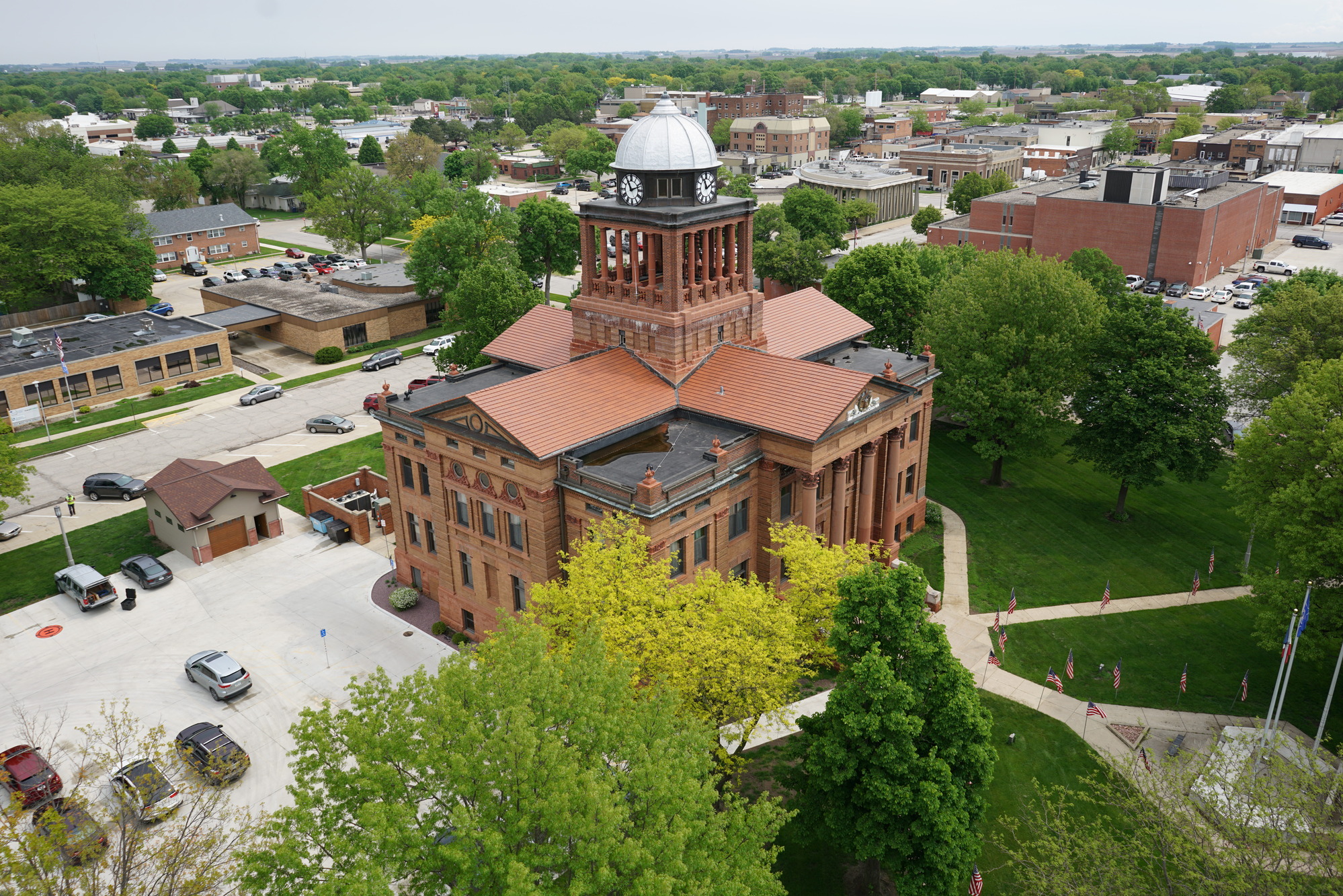Event Venue Design: Setting the Stage for Maximum ROI
What defines the perfect event experience? Is it an intimate, complimentary meal and private suite overlooking a show from a favorite performer, or a loud, stadium seating hockey game packed with fellow home team fans?
Today’s event-goers are as dynamic as the events themselves, and facility project committees receive a wide range of opinions from their communities regarding what the focus of the next big civic center or sports arena project should be. Something as simple as choosing the right seating options, multi-use functionality designs, or integrating custom branding opportunities can help market event venues to a wider range of consumers – not to mention, help address two of the biggest drivers for facility project teams: future capacity and revenue.
Event Venue Design Accessibility + Comfort Expectations
Over the last few decades, American with Disabilities Act (ADA) guidelines have helped make spaces across the built environment more accessible and enjoyable for disabled and elderly users, including popular arena venues. In addition to accessibility, comfort expectations also have changed the way event venues are designed, right down to the size and shape of facility seats themselves. For example, the standard chair size used to hover around 18 inches, but new designs today range between 19 to 21 inches.
While meeting these important accommodations, venue owners see a loss in seat capacity. However, there are creative strategies that can help reclaim lost seating, and introduce additional revenue opportunities in the process.
The Suite Life
VIP, corporate, and rentable private suites have emerged as big ticket elements of modern arena design. Beyond merely adding dynamic seating options for event attendees, these spaces can have real, measureable impacts on ticket sales AND revenue for facility owners.
“As a mother of young children myself, I can attest to the appeal of private suite ticket options for family events,” says Director of Marketing Tiffany Olson MBA. “Not only do the private spaces feel safer, but they also… contain the kids (I think parents everywhere know what I mean).”
Incorporating technology, such as individualized iPads, into such areas also provides value by keeping young ones busy.
Revenue Opportunities for Event Venues
Suites, with all their added amenities and comfort, make up for added design and construction costs by justifying higher ticket prices. Even better, if owners are able to secure long-term corporate suite leases, they can lock in revenue for the space.
The trick to securing revenue early is using the design process as an opportunity to develop engaging visualization and imaging deliverables that can be used to attract potential leasers, such as fly-through videos and interactive interior panoramas.
Showcasing branding and naming rights, signage exposure, sample stations, product demonstrations, and other marketing opportunities in these pieces helps potential partners envision the custom, relatable experience they can create within a suite of their own.
Food for Thought
Food and concession sales are another huge contributor to event venue revenues. In contrast to typical concession purchases, suites can build full meal allowances into ticket pricing, charging a fixed rate for catering. This adds to the luxury experience, while also allowing owners to budget for a set amount of revenue from food purchases per suite, per event.
On the flip side, this presents yet another rental opportunity, as venues can team up with local restaurant and/or hospitality partners to provide food services. It’s great exposure and consistent business for the catering team, and provides a consistent, reliable partnership for the event venue staff.
Event Venue Design – Retractable Wall Partitions

Since many of today’s event venues are housed in the same facility as regional meeting and conference centers, designers are not only jockeying for space in the arena itself, but also across several other programmatic priorities on site.
Designs can incorporate meeting rooms adjacent to the existing or proposed arena, separating the event venue suites and formal conference areas with a retractable glass wall and blackout partition. This allows large parties to remove the partition for certain events, and opens up a functional, large gathering space slightly removed from the action where patrons can mingle and network with other attendees.
A Social Event
To help make up for lost square footage, some designers are returning to the classic, general admission, standing room only options – but with an added twist. The best examples of these areas are typically found in sports, where patrons pay lower prices to stand around a shared deck, courtyard, or ground level floor space.
These area provide freedom for patrons to roam around, socialize, and enjoy the show from multiple vantage points. This is especially attractive for day-of ticket buyers and large groups, who would otherwise struggle to find cheap, on-the-fly tickets.
Bonus Design – Covering All the Bases

As part of a multi-phased master park plan improvement effort, ISG is exploring a variety of seating option additions to an historic, semi-professional baseball field in Minnesota. While Phase 1 of the effort will focus largely on synthetic turf improvements, Phase 2 opens up a list of future fan experience enhancements such as a family-friendly outfield berm, updated VIP rooftop, and space for bar-top and pergola seating – showcasing that revenue and planning opportunities in large entertaining and sporting spaces are not just tied to arenas.
Acknowledging that event-goers are changing as much as the events themselves is critical to creating invigorating spaces and truly memorable experiences, and having a dynamic array of seating options helps attract a range of users looking to enjoy events in different ways. Likewise, these spaces can help creatively generate revenue and maximize square-footage capacity for facility owners. With help from experienced industry design teams, you can identify the “Goldilocks” seating variety for your unique venue, provide each event-goer with his or her own “golden ticket” to the show, and set the stage for a facility with high ROI. Now THAT’S the best seat in the house!
Join the Conversation #ISGCommerical #ISGSportsandRec #EventSpace
Related Articles

.webp)
Navigating the MS4 Permit Program: How ISG Supports Communities Every Step of the Way
The management of stormwater runoff is a pressing concern for cities across the nation, and the Municipal Separate Storm Sewer System (MS4) permit program is a critical framework designed to protect water quality and our natural resources.


Optimize Maintenance + Reveal Opportunities with Facilities Assessments
The Clay County Board of Supervisors (County) knew they needed to address facility repairs in their Administration Building, Courthouse, and General Services Center. While maintaining public buildings does not generate excitement, County leaders recognized that deferring upkeep of public facilities can cost more in the long run if left unaddressed and may result in limiting other more impactful projects.

Creating Flood-Resilient Communities: A Case Study in Floodplain Management
In the land of 10,000 lakes, Minnesotans love to live near and play in our abundant water systems. But the effects of population growth, land use development, and climate change pose challenges within floodplain areas, contributing to persistent flooding issues.


Why a Phase 1 Environmental Site Assessment is Critical to Project Success
In the world of real estate development and land acquisition, the road to success is paved with thorough planning and attention to detail. One often overlooked but crucial step in the due diligence process is the Phase 1 Environmental Site Assessment (ESA). Before a client begins any project, ISG often conducts a Phase 1 ESA to identify any recognized environmental conditions (RECs) that could impact the property's value or pose potential risks to public health and the environment. The result of the assessment influences the project’s direction and success long-term.


.svg)




